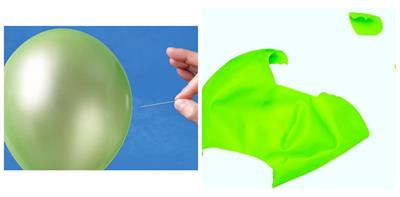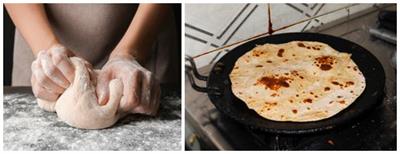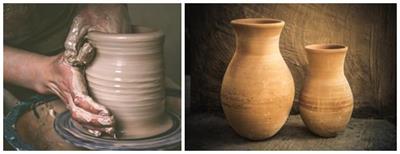
PUMPA - SMART LEARNING
எங்கள் ஆசிரியர்களுடன் 1-ஆன்-1 ஆலோசனை நேரத்தைப் பெறுங்கள். டாப்பர் ஆவதற்கு நாங்கள் பயிற்சி அளிப்போம்
Book Free DemoAny substance that changes its chemical properties is known as chemical change. In this change, a new substance is formed, and these changes are irreversible (i.e. they cannot be brought back to their original form) in nature. These changes are permanent.
Example:
Burning of candle
Rusting of iron
Burning of paper
Burning of matchstick
Formation of curd from milk
Cooking a food
Heating sugar to form a caramel, etc.
Rusting of iron
Burning of paper
Burning of matchstick
Formation of curd from milk
Cooking a food
Heating sugar to form a caramel, etc.
Bursting a balloon: If a balloon is blown to its full size and pricked with the pointed tip of a pencil or needle, it cannot regain its original form.

Bursting a balloon
Burning of a matchstick: When the matchstick is burned, it turns into ashes when it undergoes complete combustion. The ashes have an entirely new chemical composition than that of the unburnt matchstick.

Burning of matchstick
Baking a roti: When the dough is baked into a roti, it cannot be changed into a dough again. These changes cannot be reversed.

Baking a roti
Pot making: A potter makes a pot using a lump of clay. The shaped pot can be rolled again into a lump which is a reversible process. But, when the same pot is baked in an oven, it cannot be shaped into a lump of clay again. So, this process becomes irreversible.

Pot making